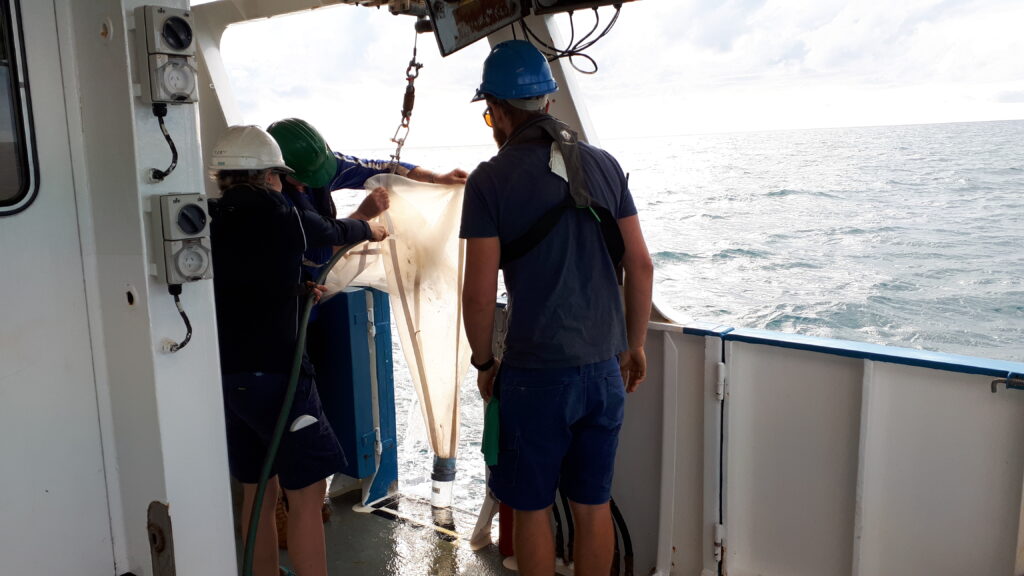The IMOS Marine Microplastics sub-Facility team has released a series of annual reports, detailing microplastic contamination levels in Australian marine waters for the years 2021 to 2024. These summaries provide a national overview of marine microplastic pollution trends across time and geographical location, and will continue to be produced annually.
Marine microdebris, particularly microplastics, which are plastic particles smaller than 5 mm, is a form of anthropogenic waste that enters the ocean through both accidental and deliberate disposal. These marine microplastics can be of various shapes (e.g., fibres, fragments, beads), colours, sizes, and polymer compositions (e.g., polyester, polyethylene, nylon).
As global plastic production and consumption continues to rise, the level of microdebris contamination in marine ecosystems is expected to increase. Furthermore, climate change and associated increase in frequency and intensity of extreme weather events, such as cyclones and floods, is also predicted to raise plastic pollution levels and transport in the marine environment. This has serious implications for marine animals, as marine plastics have been linked to entanglement, ingestion, gut blockage, health effects and even behavioural changes.
“The IMOS Marine Microplastics sub-Facility is helping us uncover the scale of plastic pollution in Australian oceans. We have produced these annual report cards to turn complex data into accessible insights, enabling both scientists and community members to explore the trends and understand what’s happening.”
– Dr. Cherie Motti, IMOS Marine Microplastics sub-Facility leader

The IMOS Marine Microdebris Monitoring New Technology Proving project was established in 2021 to provide long-term data on spatial and temporal patterns of microplastic pollution in Australia’s waters. Initially a pilot initiative, the program transitioned into an official sub-Facility in 2023 – the IMOS Marine Microplastics sub-Facility, emphasising the need for ongoing national monitoring of marine plastic contamination.
The 2021 report card provides a comprehensive baseline, summarising microplastic concentrations and characteristics across all monitored sites between January and December 2021. Subsequent years build on this benchmark, offering year-on-year assessments that help pinpoint contamination hotspots, identify trends, and track changes in microplastic characteristics.
By making this data accessible, IMOS is contributing to efforts to determine potential sources, fate, and impacts of microplastics in Australian marine waters, thereby informing environmental management and policy at both local and national scales.
“Plastic pollution is a growing challenge in Australia’s marine waters, but knowledge is our first line of defence. By tracking microplastic concentration trends, we can identify what’s driving plastic pollution and measure the impact of mitigation efforts. It’s about turning knowledge into action to help safeguard our oceans.”
– Dr. Marina Santana, part of the IMOS Marine Microplastics sub-Facility
The IMOS Marine Microplastics sub-Facility is operated by the Australian Institute of Marine Science, in partnership with the Commonwealth Scientific and Industrial Research Organisation, the South Australian Research and Development Institute, the NSW Department of Climate Change, Energy, the Environment and Water and Deakin University.
